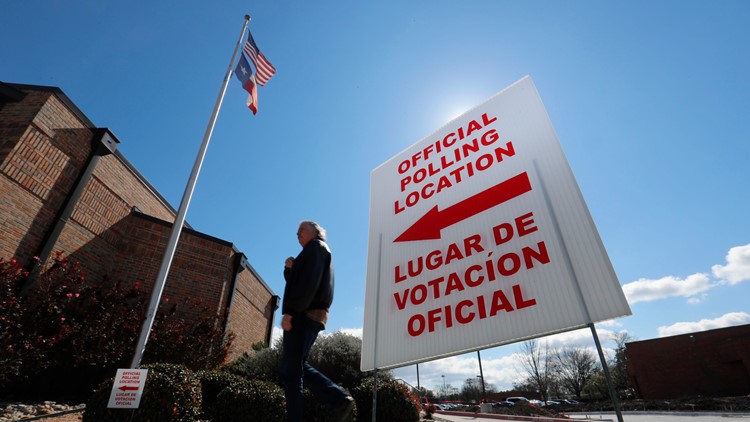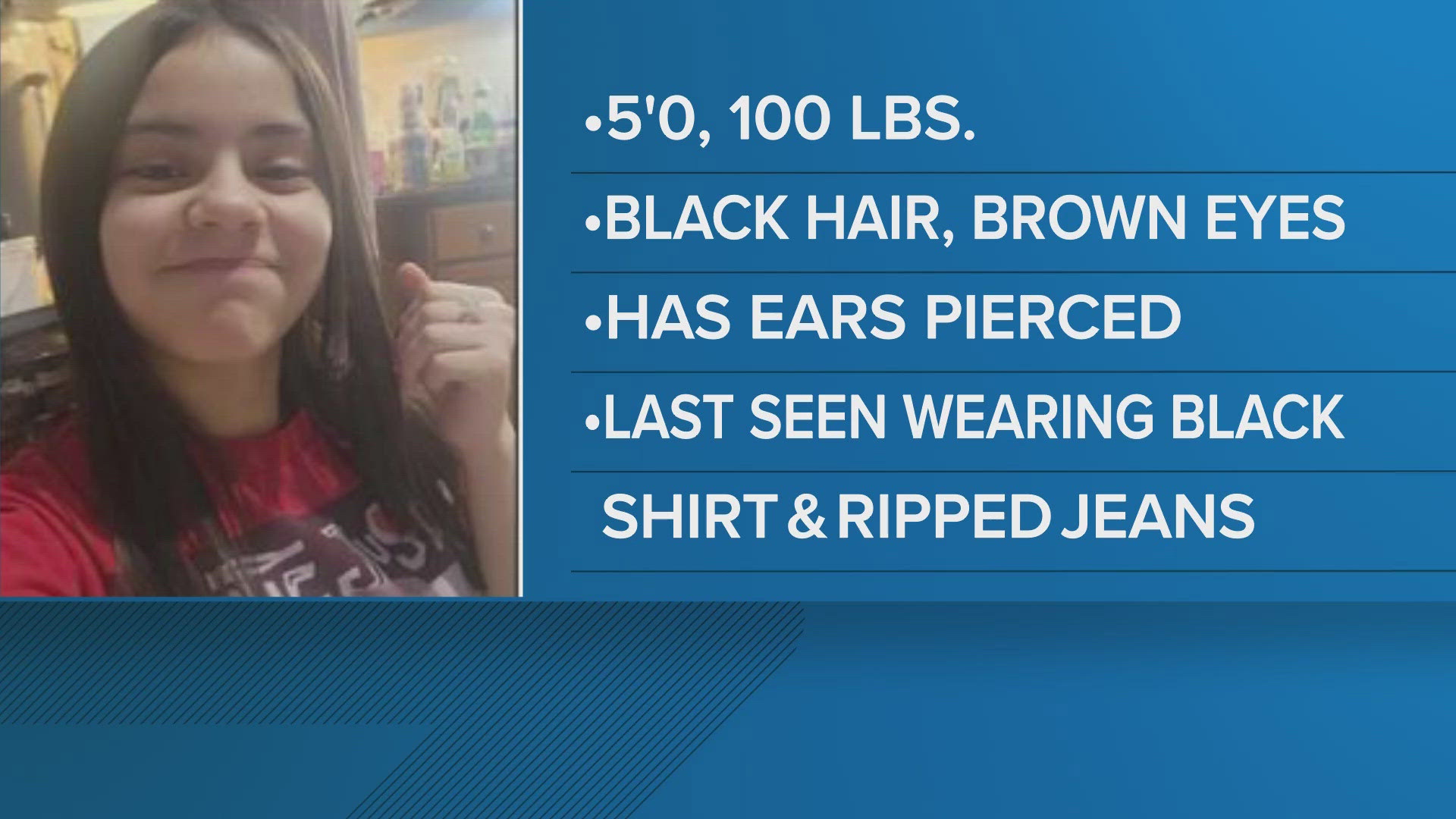DALLAS — Democrats in Texas are facing many hard truths after the election.
One of the top issues is how they fared with Latino voters along the border in the Rio Grande Valley.
While Democrats still came out on top for the most part, there was a shift towards Republicans.
“It should ring alarm bells for the Texas Democratic Party,” professor Michael Jones-Correa said on Y’all-itics.
To listen to the full conversation on this week's episode of Y'all-itics, subscribe wherever you get your podcasts:
(Story continues below.)
Correa and fellow professor James McCann have surveyed Latino voters every year for more than a decade.
They recently published a new book based on that research, which foreshadowed some of the trends we saw during the election.
“One of the things we found about Latino immigrants in Texas compared to Latino immigrants in California was that there is much less reporting of contacts with local political parties and local groups that reach out to Latinos,” said McCann.
In simple terms, that meant the environment was perfect for Republicans, who didn’t hesitate to visit voters in their homes for face-to-face contact.
Due to the pandemic, Democrats took a different approach, which didn’t involve nearly as much door-knocking.
McCann says their research shows that's important.
“There is an awful lot of political science that door-to-door contact matters a lot, especially with emerging voters, younger voters, voters who have not yet become habituated to participating.”
The interim Executive Director of Jolt Initiative agrees there was a lack of investment in the Valley on the part of Democrats.
But Antonio Arellano says it’s also too big a leap to suggest Latino voters in the Rio Grande Valley turned the state red.
“The reality is only 15% of the Latino vote in Texas lives in south Texas. Sixty percent of the Latino vote lives in the five largest cities in the state and those five cities went predominately for now President-Elect Biden,” he told the Jasons.
Jolt Initiative is a statewide organization focused on non-partisan voter registration.
Leaders say they have a five-year plan to dramatically increase the number of Latino voters in the state and 2020 turnout shows they are well on their way.
But Arellano says it’s important that the parties never forget this growing constituency is not a monolithic voting group.
“The Democratic Party does not own the Latino vote. Nobody owns the Latino vote. They’re a constituency like anybody else," said Arellano. "You need to invest in them. Recruit them. Latinos are not going to show up to a party they’re not invited to.”
Jones-Correa says there around 800,000 new Latino voters every year, including around a half-million voters who turn 18, the exact type of voter the Jolt Initiative is trying to target.
“These new voters have the potential to really shift politics, particularly at the state level in the U.S. The question is do they stay mobilized,” Jones-Correa said.
And the stakes are high, because it doesn’t take long for a first-time voter to become a life-long voter.
“For younger voters or newer voters, after about three election cycles, a pattern is set in place that might be life-long,” McCann said.
So the huge 2020 turnout will lead to the 2022 mid-terms and eventually to the next Presidential in 2024.
And at that point, it could be a decades-long ripple, giving the party that broke through on messaging and contacts a firm grip on the state’s political power.



